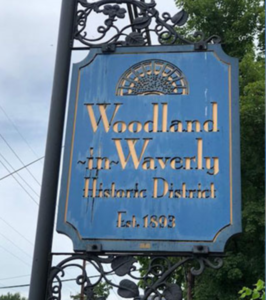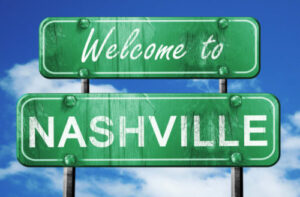
WOODLAND-in-WAVERLY HISTORY:
Woodland-in-Waverly was originally the site of a farm purchased by A. W. Putnam in the 1830s. Putnam named his house Waverly (which was located along what is now Benton Avenue) and his farm Waverly Place for the novel by Sir Walter Scott. A historian, Putnam wrote History of Middle Tennessee, still an important reference.
The farm was sold in 1858, but the area continued to be called Waverly Place. The development of Woodland-in-Waverly Historic District as we know it today can be divided into three distinct phases:
The electric streetcar suburb period (ca. 1900 to 1939)
The post-streetcar urban period (1940 to ca. 1965)
The post-Interstate 65 period (after 1965)
Growth and change continues to this day and our friends and families in this historical community take great pride in preserving a part of Nashville History. Thank you for your continued support.
Woodland-in-Waverly NEIGHBORHOOD Association
Our neighborhood association is comprised of volunteers working together. Our goal is to keep our neighbors connected, build continuity of our historic community and providing resources and opportunities to connect. We welcome homeowners, renters and adjacent local businesses to join in embracing Nashvile’s growth while preserving the magnificence of our historic community.

NEIGHBorhood HISTORICAL OVERLAY AND CODE GUIDELINES
Woodland-in-Waverly also has a Historic District Overlay. Our neighborhood operates under the granted historic zoning from metro. This zoning is used as a tool to protect the unique architectural characteristics our neighborhood is known for. Should anyone desire to make changes to their home or business located inside the historic district, there are design guidelines to follow as noted in the link below. This is especially important for any potential teardowns.
Additional codes we work to abide with for the integrity of our community include parking, number of unrelated residence residing in any one home (which is not to exceed three individuals), any form of rental, building modifications and more. The goal is to maintain the neighborhood for homeowners and renters alike to enjoy!
